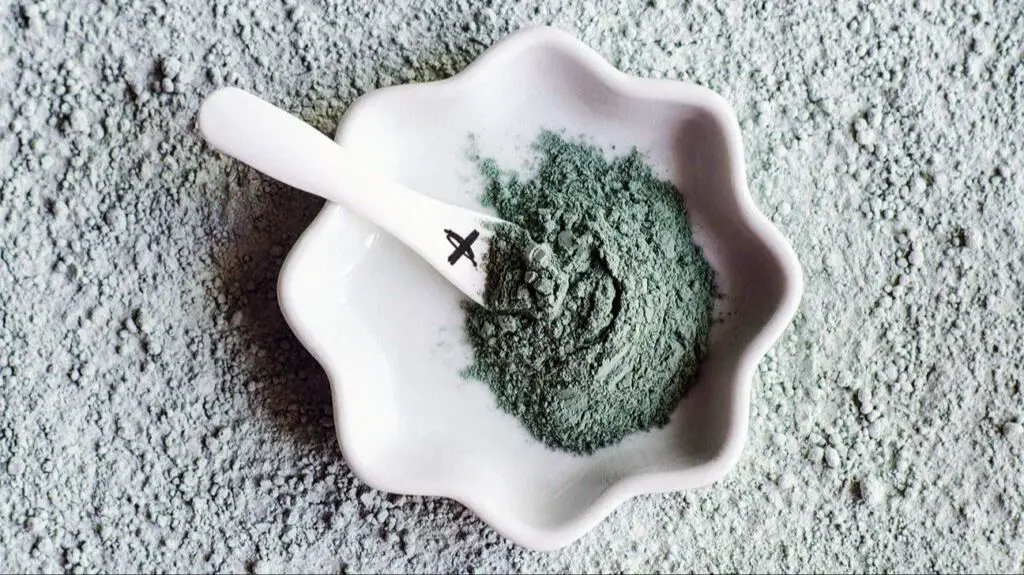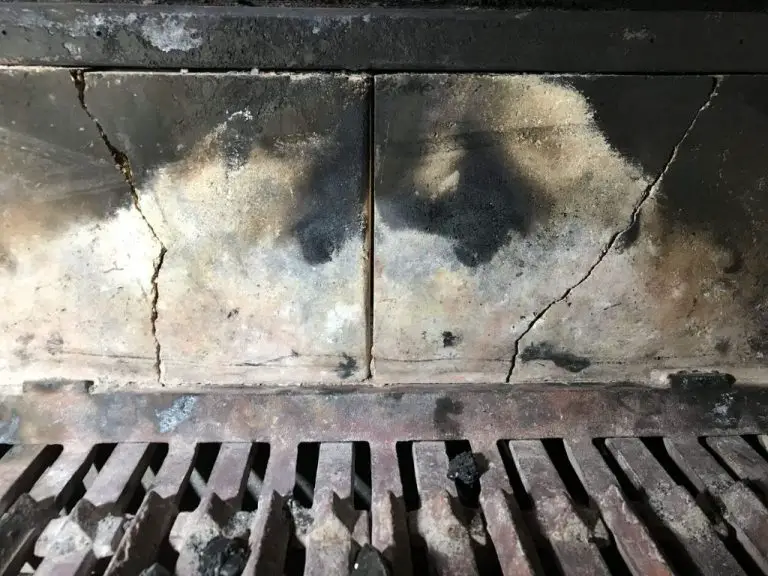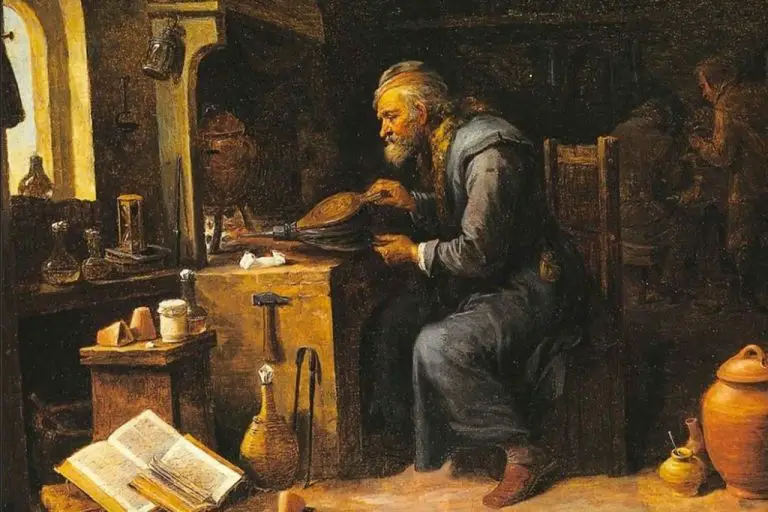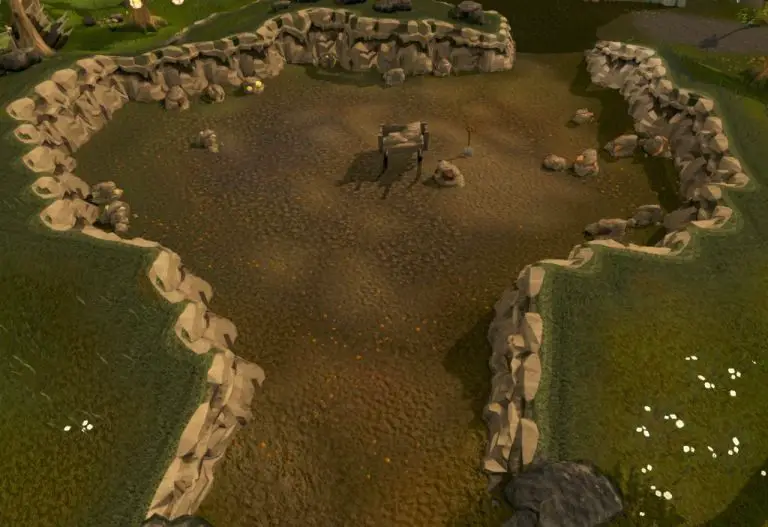The World Of Clay: A Journey Through Various Types
Clay is a type of fine-grained natural soil material containing clay minerals. The earliest discovered use of clay dates back to the Paleolithic period when prehistoric humans used it to make pottery and figurines. Since then, clay has played an important role throughout human civilization due to its versatility and availability. There are many different types of clay that have a wide range of uses spanning construction, arts, and more. In this article, we will take a journey through the world of clay and explore some of its most common varieties.
Clay’s plasticity when wet and hardness when fired make it ideal for shaping and baking into strong, stable materials like pottery and bricks. In fact, the history of human civilization has close ties to clay and the rise of pottery. Early pottery artifacts date back 20,000 years to China and Japan. The oldest known ceramic objects were small animal and human figurines dated to 27,000-24,000 BCE found in the Czech Republic.
Today, clays continue to be a vital part of human society with uses ranging from commonplace bricks and ceramic dishware to high-tech applications in engineering and medicine. By journeying through the different types of clay in the following sections, we will uncover the wide-ranging impact they have had through the centuries.
Kaolin Clay
Kaolin clay, also known as China clay, is a soft white clay that is an essential ingredient in porcelain and is used widely in the ceramics industry (https://activeminerals.com/blog/kaolin-guide/). It is comprised primarily of the mineral kaolinite and is formed by the chemical weathering of aluminum silicate minerals like feldspar. Kaolin has a high fusion temperature, low shrinkage, and a fine particle size that makes it ideal for producing smooth, glossy ceramics.
Some key properties of kaolin clay include its brightness, whiteness, plasticity, and absorbency (https://activeminerals.com/blog/kaolin-guide/). It also has a low cation exchange capacity and low iron content. These properties make it useful not just in ceramics, but also in paper, paint, rubber, pharmaceuticals, cosmetics, and more.
In ceramics, kaolin is essential for manufacturing porcelain. It gives porcelain its white color, plasticity for shaping, and strength after firing. Porcelain artists often mix kaolin with other clays to achieve optimal properties. Kaolin is also used in stoneware clays and as a filler in earthenware clays.
In addition to industrial uses, kaolin clay also has health and medicinal benefits. It can be taken internally as a health supplement, as well as applied topically as a skin treatment. Studies have shown kaolin may have antibacterial, antidiarrheal, and wound-healing properties (https://www.ncbi.nlm.nih.gov/pmc/articles/PMC5632318/).
The largest deposits of kaolin are found in Brazil, Australia, and the United States. The state of Georgia produces over 8 million tons of kaolin each year, giving Georgia red clay its distinctive color (https://minerals.usgs.gov/minerals/pubs/commodity/kaolin/).
Bentonite Clay

Bentonite clay is a type of clay formed from volcanic ash. It is composed primarily of the mineral montmorillonite and is named after Fort Benton, Wyoming where it was first discovered (Medical News Today). Bentonite clay has a variety of unique properties and uses, both internally and externally.
Some key properties of bentonite clay include:
- Absorbs toxins – Due to its negative charge, bentonite clay binds to positively charged toxins and helps remove them from the body (NCBI).
- Antibacterial and anti-inflammatory – Bentonite clay has been shown to have antibacterial effects against certain bacteria and viruses. It also reduces inflammation (WebMD).
- Rich in minerals – Bentonite clay contains over 60 natural minerals including calcium, magnesium, and iron (Medical News Today).
In cosmetics, bentonite clay is commonly used in facial masks, lotions, soaps, and bath bombs. It can help cleanse and detoxify skin, tighten pores, and improve overall complexion. When used internally, bentonite clay may help relieve digestive issues, remove heavy metals, and provide essential minerals (WebMD).
However, bentonite clay may also cause some side effects like constipation when ingested. It’s important to start with small doses and always consult a doctor before using internally (Medical News Today).
Ball Clay
Ball clay is not a singular clay mineral, but is composed of kaolinite, montmorillonite, mica, quartz and other minerals. According to https://digitalfire.com/material/ball+clay, ball clay’s plasticity and strength when dry make it an important raw material for ceramics and ceramic glazes. The website https://www.imerys.com/minerals/ball-clay states that ball clays typically contain 20-80% kaolinite, which gives plasticity, and other minerals like mica and quartz.
The high plasticity of ball clay makes it commonly used for manufacturing ceramic tiles, sanitaryware and tableware. Ball clay helps prevent warping and cracking during drying and firing of ceramic wares. According to https://digitalfire.com/material/ball+clay, ball clay’s small particle size also increases the strength, durability and workability of floor and wall tiles. The plasticity lends to the molding and shaping of complex ceramic pieces.
During firing, ball clays experience shrinkage up to about 11-13% at cone 10-11 temperatures. The organic matter burns out between 500-600°C. According to https://www.imerys.com/minerals/ball-clay, ball clays with lower quartz content can withstand higher firing temperatures before deforming.
Fire Clay
Fire clay is a type of refractory clay that can withstand extremely high temperatures without deforming or melting. It’s commonly used in the manufacture of ceramics, especially firebrick, which lines high-heat devices like kilns, furnaces, and fireplaces (source). Fire clay has a high content of alumina and silica, giving it a high softening temperature that ranges between 1550°C and 1700°C (source).
Some key properties and uses of fire clay include:
- High heat resistance – Fire clay does not melt or deform at extremely high temperatures, making it excellent for lining kilns and furnaces.
- Refractory – Fire clay is highly refractory, meaning it retains its strength and shape at high temperatures. This property is critical for fireplace and oven construction.
- Insulative – Fire clay has low thermal conductivity, allowing it to retain heat and insulate efficiently.
- Stability – Fire clay resists thermal shock and chemical degradation, giving it a long service life in high-heat applications.
- Structural strength – Fire clay maintains good cold crushing strength to support the weight of oven/kiln walls and other structures.
Thanks to these characteristics, fire clay remains indispensable for blacksmithing, glassmaking, pottery, and other processes requiring extreme heat up to over 1500°C (source).
Stoneware Clay
Stoneware clays are characterized by their ability to be fired at high temperatures ranging from 1200°C to 1300°C, according to the Digitalfire Glossary. They are non-porous and vitreous clays that become watertight when fired.
There are several different types of stoneware clay. A coarse stoneware is often used for pottery and ceramic art. It has an earthy color and texture. A fine stoneware has a smoother, tighter texture and can be used to create items like tableware. Porcelain-like stonewares are extremely white and smooth after firing.
Stoneware clays are utilized for creating sturdy, functional pottery and ceramic pieces like mugs, plates, and vases that are safe for daily use. The non-porous nature also makes stoneware suitable for sculptures. Stoneware clays are also popular for making kiln furniture like stilts, kiln shelves, and saggars due to their high firing range.
Earthenware Clay
Earthenware clay is one of the most commonly used types of clay for pottery. It has a long history, with examples dating back thousands of years. Earthenware refers to any clay body fired at lower temperatures, typically between 1700°F and 2100°F. It is porous when fired, which means it readily absorbs water.
Earthenware clays are highly plastic and sticky, which makes them easy to work with. However, it also makes pieces susceptible to slumping or cracking if proper drying techniques are not followed. The clay body can vary in color from red and brown to more yellow and white shades depending on the composition. Terracotta is a common type of earthenware with its distinctive orange/red tones.
A major benefit of earthenware clays is that they fire at relatively low temperatures. This makes firing more accessible and energy efficient for potters. The downside is that low firing leaves the clay porous and prone to scratching and breakage compared to high fire clays. Most earthenware pieces require glazing to make them functional for holding liquids. A wide variety of glazes can be used including mid-range glazes that mature between cone 010-06.
While less strong than stoneware and porcelain bodies, earthenware has its own artistic qualities. The absorption allows color from glazes and slips to show through the body in an appealing way. Earthenware’s long history and variety of firing temperatures give potters a lot of room for creativity and exploration.[1][2]
Porcelain Clay
Porcelain clay is a highly refined white clay made by firing kaolin clay at very high temperatures, typically between 1200-1400°C. The composition of porcelain clay usually contains kaolin, quartz, feldspar, ball clay, calcined alumina and calcined bauxite (Wikipedia). The high firing temperature gives porcelain its distinguishing properties such as low porosity, high strength, whiteness, translucency, and resonance.
Porcelain is known for its very low water absorption, usually less than 0.5% (Costa Verde). This makes it an ideal material for products like tableware, sanitaryware, electrical insulators, dental restorations, and decorative art objects. The combination of strength, translucency, and whiteness also make porcelain a popular choice for sculptures and figurines. It can be glazed or left unglazed. Due to its high glass content, unglazed porcelain has a natural sheen.
The word “porcelain” comes from the old Italian word “porcellana” meaning cowrie shell, due to its resemblance to the surface of polished shell. Porcelain was first made in China over a thousand years ago, and was extremely rare and expensive to produce until more recent times.
Clay Artists and Artworks
Throughout history, many renowned artists have worked with clay to create stunning sculptures, pottery, and other ceramic artworks. Some of the most famous clay artists include:
Edmund de Waal – A contemporary British ceramic artist acclaimed for his porcelain installations often influenced by Japanese aesthetics. De Waal’s work bridges the gap between craft and contemporary art.
Georges Jeanclos – A French modernist sculptor known for his abstract figural works in terra cotta and bronze. Jeanclos was part of the revival of French ceramics in the mid 20th century.
Betty Woodman – An American sculptor recognized as a pioneer of contemporary ceramics. Woodman pushed the boundaries of traditional pottery by bringing painterly elements into her colorful, exuberant ceramic pieces.
Peter Voulkos – A major American sculptor who helped elevate ceramics from craft to fine art. Voulkos experimented with abstract expressionist and action painting techniques applied to clay.
Viola Frey – An American sculptor who created larger-than-life ceramic figures, often depicting social issues and the human condition. Frey’s figurative works stand out for their realistic portrayals.
Kaneshige Tozo – A prominent Japanese potter who revived ancient Japanese Mingei folk craft techniques. Tozo’s functional pots embody a rustic and natural aesthetic true to classic Japanese ceramics.
Throughout history, clay has captivated artists who have used it to make both functional and sculptural works spanning a wide range of styles and genres.
Conclusion
Clay is an ancient and diverse material that has been used in construction and art for thousands of years. This journey through the different types of clay has shown the unique properties and characteristics of clays like kaolin, bentonite, ball, fire, stoneware, earthenware, and porcelain. While clay may seem simple, it is a complex and versatile material.
The diversity of clays allows them to be used for a wide range of applications. Each type of clay has advantages that make it suitable for specific uses like pottery, construction materials, or industrial processes. As we learn more about manipulating the properties of clay, there is great potential for future innovations and uses. Clays will continue to be an important material as we find new ways to utilize their flexibility, durability, sustainability, and low cost.
In summary, clay is an abundant and diverse material that has served humankind for millennia. As we unlock more of its potential, the future looks bright for new clays and clay-based materials. The world of clay has much more left to offer.



